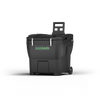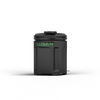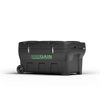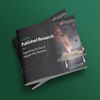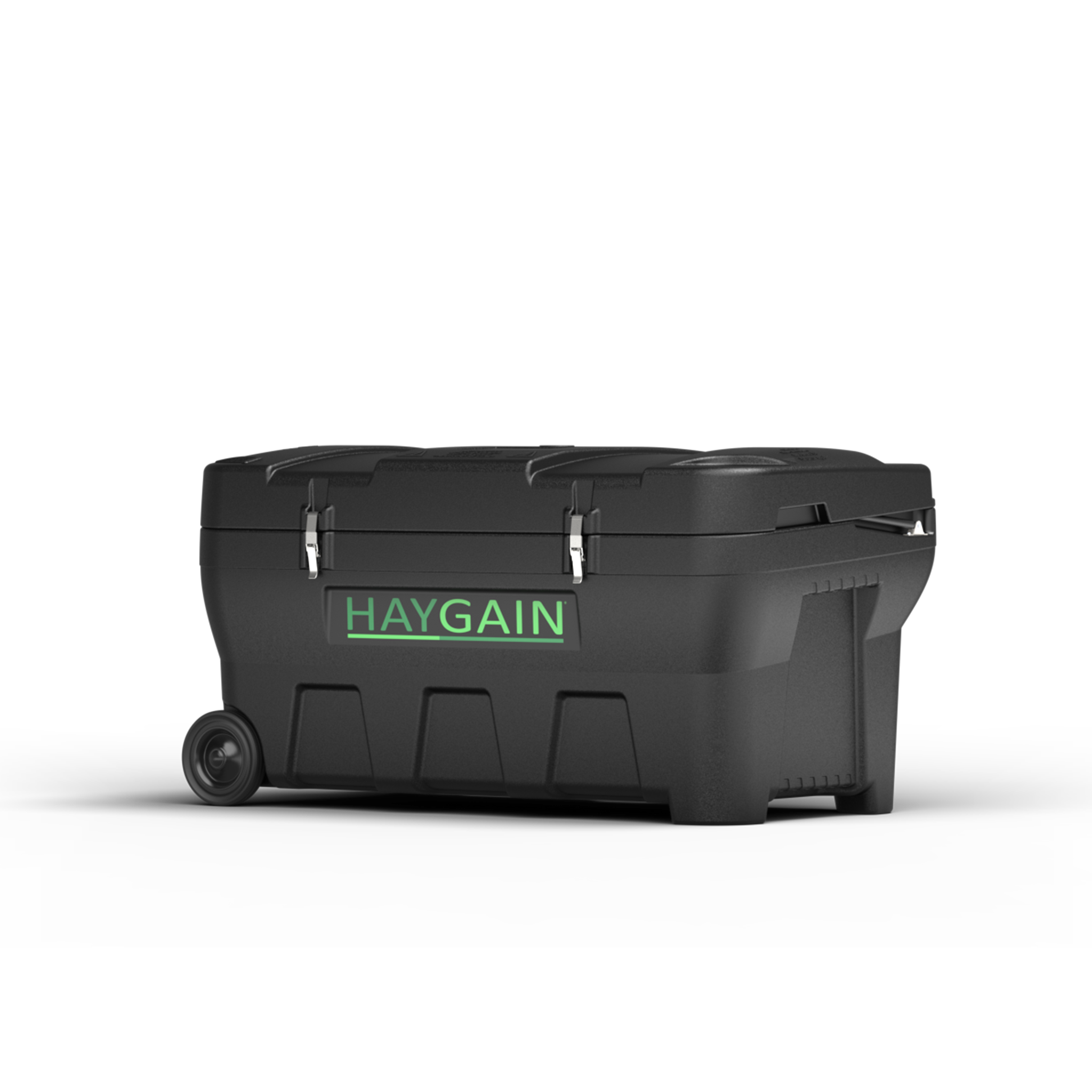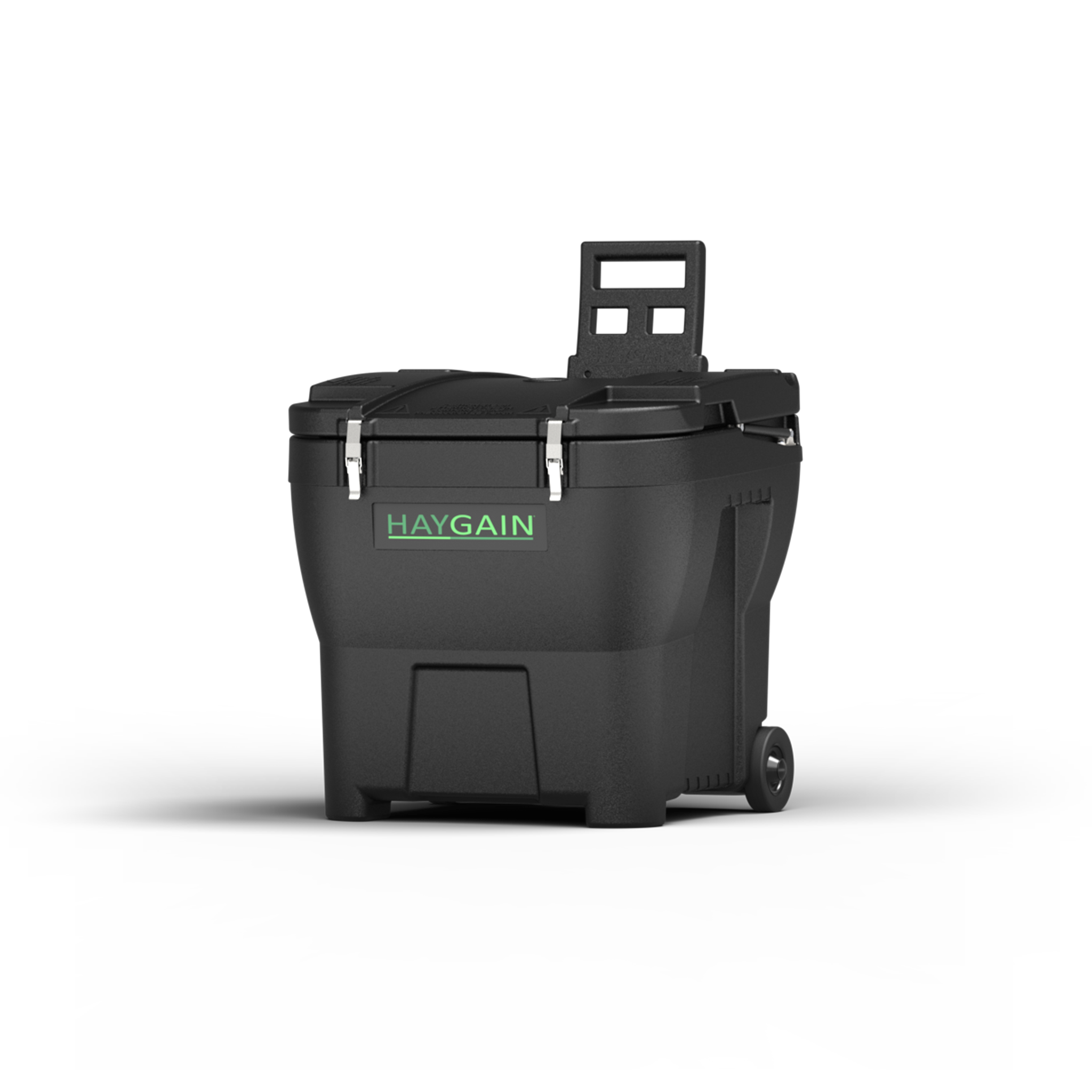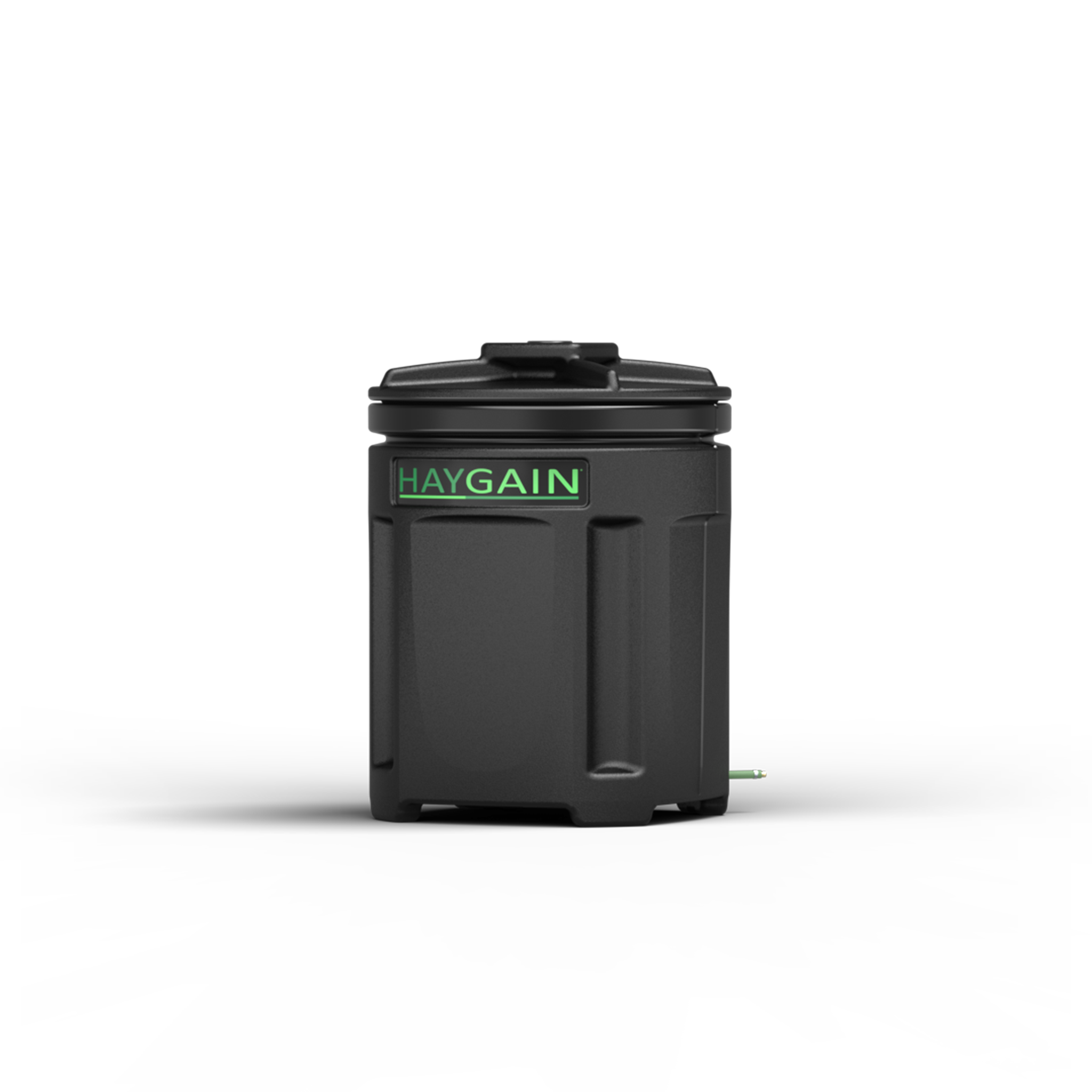
Dr Kate Allen BVSc PhD CertEM(IntMed) DipACVSMR MRCVS
Dr Kate Allen is an RCVS Recognised Specialist in Equine Sports Medicine. Her main expertise is equine respiratory disease and she runs the equine sports medicine service at the University of Bristol. Her clinical and research interest is the mechanisms by which the respiratory system limits athletic performance both in health and disease
This article reviews some of the proposed causes of breathlessness associated with exercise in the athletic horse and explains some of the terminology and abbreviations commonly used. Breathlessness is the ‘feeling that one cannot breathe well enough’. Similar terms are ‘out of breath’, ‘shortness of breath’ and within the veterinary or medical literature is often called dyspnoea, respiratory discomfort or even respiratory distress.

Respiratory rate increases as exercise intensity increases. During canter and gallop breathing and locomotion become linked, with the horse taking one breath every one stride. Respiratory rate recovery is the period after exercise that it takes for respiratory rate to return to normal resting levels. Respiratory rate recovery is often subjectively used by riders and trainers as an indicator of fitness.

Breathlessness is considered normal in response to heavy exercise but is concerning when associated with light exertion. A key problem for both riders and vets when encountering a horse which appears ‘out of breath’ after exercise is differentiating between what could be considered ‘physiologically normal’ or appropriate in the setting of intense exercise and those indicating an underlying disease or disorder.
There are many factors which can influence the degree of breathlessness seen after exercise: exercise intensity, weather conditions, breed, fitness and body weight are examples. Breathlessness is also exacerbated during/after exercise in the presence of veterinary/medical conditions and the key conditions are described in a bit more detail below.
Exercise-induced hypoxaemia and hypercapnia
In normal, fit, healthy Thoroughbreds during high intensity exercise, arterial oxygen levels can drop from 100mgHg at rest to 70mmHg at gallop and carbon dioxide levels can rise from 45mmHg at rest to 55mmHg at gallop. Interestingly this does not occur in many other species and does not occur in ponies undertaking strenuous exercise. Therefore, in contrast to ponies, the horse does not ventilate the lungs sufficiently for the level of work it is performing. After exertion, respiratory rate will gradually return to resting levels. The speed of this return is dependent on the intensity and duration of exercise, fitness level of the horse, and the climatic conditions.
Exercise-induced pharyngeal/laryngeal obstructions
In contrast to human athletes and greyhounds the horse cannot switch to mouth breathing as exercise intensity increases. As a result, the horse can experience both pharyngeal and laryngeal obstructions during exercise. These are also known as pharyngeal or laryngeal collapse or grouped together as upper airway collapse or upper airway obstructions. In the horse, several different forms of pharyngeal or laryngeal obstructions can occur and obtaining an accurate diagnosis is important. These conditions obstruct the airway having a detrimental effect on ventilation and performance. Typically, an abnormal noise can be detected during exercise


Images obtained during exercise in various horses showing several of the different types of exercise induced pharyngeal and laryngeal obstructions that can occur
Exercise-induced pulmonary haemorrhage (EIPH)

Also known in the equine industry as ‘bleeding’, EIPH refers to bleeding (haemorrhage) from blood vessels within the lung. During strenuous exercise in the horse, the high pressures in the blood vessels and the low pressures in the airways can be high enough that the walls of the small capillaries in the lungs break. As a result, free blood enters the airways. As the amount of free blood increases the blood can be seen in the trachea and eventually at the nostrils. Bleeding at a low level essentially occurs in all racehorses. As the severity increases, performance is negatively affected.
Asthma is well known in people and is now proposed as the term vets use to encompass RAO (Recurrent Airway Obstruction), COPD (chronic obstructive pulmonary disease), heaves and IAD (Inflammatory Airway Disease). IAD was used to describe performance horses which had accumulations of mucus and inflammatory cells in their airways. RAO was used to describe more severe cases which not only had accumulations of mucus and inflammatory cells but evidence of airway obstruction. Equine asthma has a detrimental effect on ventilation and gas exchange and increases the effort required to breathe.

Microscope image of a tracheal wash from a horse with asthma, showing increased neutrophils (inflammatory cells)
Find out more about Equine Asthma.
Exercise-induced bronchoconstriction (EIB)
Bronchoconstriction is narrowing of the airways and is the most common chronic medical condition in human athletes. Exercise- induced bronchoconstriction is a component of asthma but can also occur in humans in the absence of asthma. Athletes are most at risk if their sport involves sustained high ventilation or if it takes place in a provocative environment (e.g. cold climate, chlorinated swimming pool). In human athletes it is characterised by wheeze, chest tightness, cough and dyspnoea.

Because of the difficulties in undertaking lung function tests in horses compared to humans, to what extent exercise-induced bronchoconstriction occurs in horses is not yet well understood. Given that the magnitude of hyperventilation in humans is related to EIB, it is certainly possible that it occurs in horses, whose exercise-induced increase in relative ventilation is more than double that of humans.
Dysfynctional/abnormal breathing patterns
A term used to describe changes in breathing pattern in humans that result in dyspnoea in the absence of, or in excess of, respiratory disease. Work is currently underway to further investigate breathing patterns in horses. It has been shown that horses do adopt abnormal breathing patterns during exercise – for example take one breath over two strides, if they have severe respiratory disease.
Respiratory muscle weakness
The respiratory pump muscles, such as the diaphragm, undertake the work of breathing i.e. they move large volumes of air in and out of the lungs during exercise. In human athletes it is known that during high intensity exercises the respiratory pump muscles themselves fatigue. This negatively affects athletic performance through several complex mechanisms. It has also been shown that specific training can delay respiratory muscle fatigue, where as illness, exercise in heat can exacerbate it. In humans, fatigue of the respiratory muscles is a powerful stimulus to slow down the exercise being undertaken. Work is currently underway to understand respiratory muscle fatigue in horses.
Other
In addition to the conditions listed above, any form of heart or respiratory disease is likely to negatively affect breathing during exercise. Furthermore, painful conditions or conditions elsewhere in the body (e.g. abdomen) could also give the appearance of breathlessness in individual horses.
Conclusions
There are multiple disorders that can affect breathing and have the potential to cause breathlessness. Teasing apart the causes of inappropriate breathlessness associated with exercise in the horse may require comprehensive diagnostic investigations.
Images cannot be reproduced without prior permission from Dr. Kate Allen.
